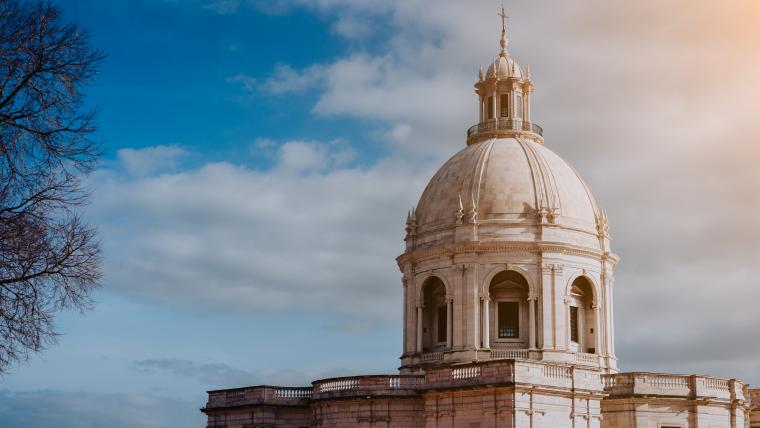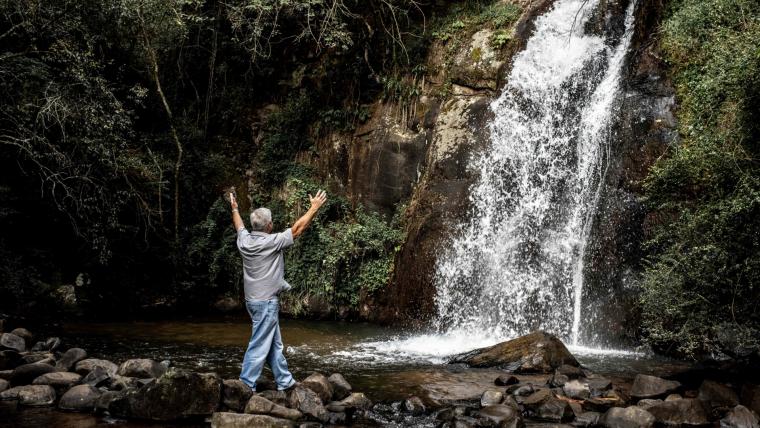
Pirate attacks, earthquakes, dictatorships. This city has overcome it all
Built on rolling hills beside white sandy beaches, Lisbon is one of the oldest cities in Europe dating back to 1200 BCE. During the Age of Discovery, when European navigators ventured across the seas in search of trade routes, the capital of Portugal flourished. But over the centuries, this city has endured countless hardships. It has survived natural disasters, fended off pirate attacks, and overthrown a dictatorship to become a bustling centre of culture.
In 1755, Lisbon suffered a devastating earthquake. The seismic vibrations demolished at least 12 000 homes. Soon after, a tsunami flooded the harbour and sent people scurrying for higher ground. These natural disasters struck on All Saints' Day, a traditional Catholic holiday where candles are lit in honour of the saints. Knocked over in the chaos, the candles ignited a blaze that raged on for days. As part of the city's reconstruction, it was designed to withstand future earthquakes. The Rua Augusta Arch was built in Praça do Comércio to celebrate the city’s survival, embellished with monumental statues depicting historical figures.
Among these individuals is explorer Vasco da Gama, the first European to discover a maritime trade route to India. Portugal spearheaded the first wave of voyages during the Age of Discovery, and many of their ships sailed from the port of Lisbon. As commerce grew in the city, so did its wealth. In need of protection, the Belém Tower was built along the Tagus River to defend against potential invaders and pirates. One of the most recognisable monuments in the city, it has stood the test of time and guarded the gateway to Lisbon for more than 500 years.
The Tagus River was instrumental to the economic development of Lisbon, and through this, the city developed a deep connection to the ocean. The Oceanário de Lisboa, Europe's largest indoor aquarium, is a testament to this relationship. Appearing as if floating on water, it was built in the Parque das Nações area, which was transformed from an industrial wasteland to include green spaces. It houses more than 8 000 marine creatures, including spotted garden eels which conceal themselves in sand, azure demoiselle fish with dazzling hues of yellow and purple, and sunfish – the world’s heaviest bony fish. Each year, this aquarium raises environmental awareness for almost one million visitors.
Further downstream is 25 de Abril Bridge. Formerly known as Salazar Bridge, it was renamed after the day of the revolution that toppled the dictator Antonio de Oliveira Salazar. On the 25th of April in 1974, people took to the streets in celebration of their new-found democracy. Red carnations were distributed to soldiers, who put them in the muzzles of their guns or pinned it to their uniforms. These flowers became a defining element of the revolution, which saw an end to the decades-long authoritarian regime. Today, the longest suspension bridge in Europe is a symbol of Portugal’s freedom.
With lessons of survival woven into the fabric of the city, Lisbon has learnt to adapt in the face of adversity. While this capital has undergone multiple historic transformations, it has upheld its rich heritage and stands poised for the future.






























Please sign in to leave a comment